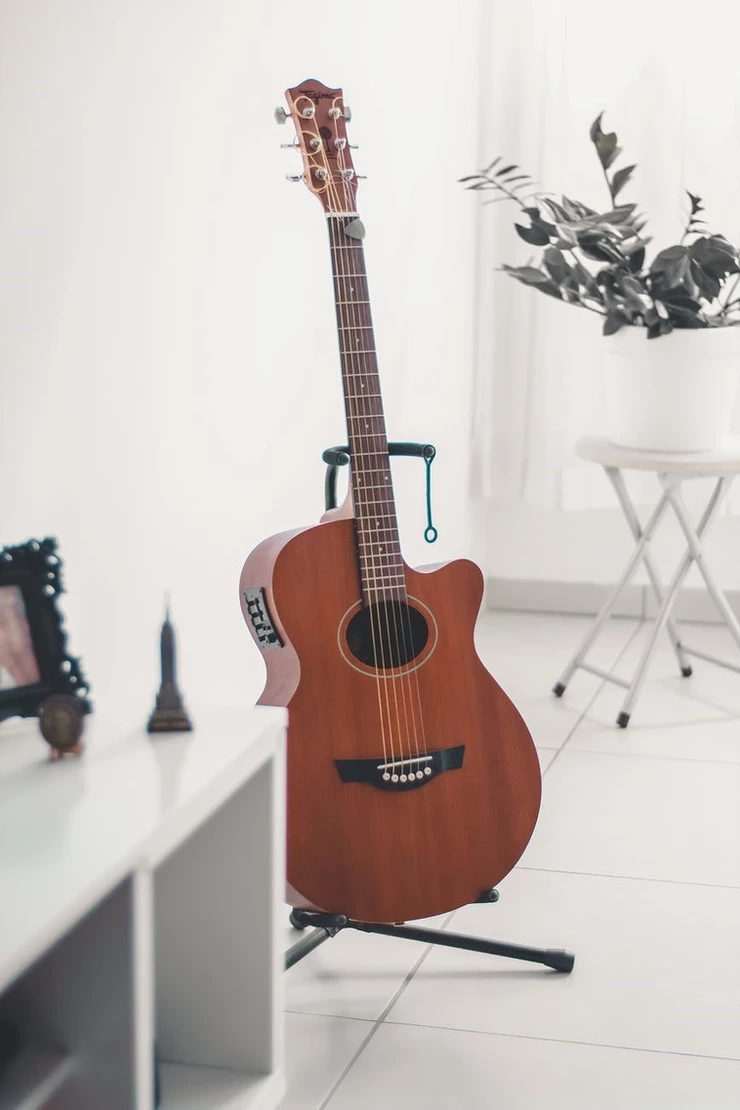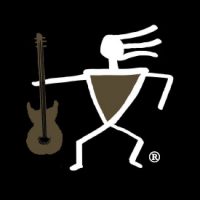When it comes to playing the guitar, only 10 percent of guitarists play left-handed.
Though it can be difficult to find left-handed guitar lessons, we’ll walk you through some important aspects involved in the learning process for lefty musicians.
Get the Right Tools
Since the majority of guitarists are right-handed, you’ll find tools according to their comfort. Get in the right mindset to be prepared for any challenges that come your way.
Many musicians just took the regular right-handed guitar and flipped it over. However, this leaves the input socket, switches, tremolo arm, and scratch guards in the wrong place. For an easier way through, string a regular right-handed guitar or buy a left-handed one.
How to Hold a Left-Handed Guitar
On a left-handed guitar, you’ll find the Low E string (the thickest string) furthest to the right. The guitar is designed to allow southpaws to strum with their left hand and hold the guitar neck with their right hand. Similarly, the placement of tremolo bars, switches, and tone controls is also reversed.
A left-handed guitar helps master chords quickly. As a result, it builds up speed and dexterity with the fretboard technique.
Proper Finger Placement
Unnecessary tension in your shoulders, neck, arms, or fingers is likely to slow down your playing. Stretching helps you relax and relieve stress. With your left hand placed on the guitar, proper finger placement is just behind the fret. If your middle finger is heading towards the back of the fret, try to move it up, closer to the fret.
Place your finger on each string one at a time to practice finger placement and create muscle memory for chord patterns. If playing your guitar produces buzzing sounds, work on your finger placement. Remember to place your left thumb in the middle of the back of the neck to reduce the amount of tension while playing.
Learning the Guitar Chord Basics
Armed with the knowledge of the basic guitar chords, you’ll be on the right path to being a left-handed musician. There are eight basic guitar chords to master:
- A Major – uses three fingers together
- C Major – curl your first finger to open up the first string properly
- D Major – curl your third finger on the second string to prevent dulling the first string
- E Major – curl your first finger properly to ring the second open string
- G Major – play the sixth string with your third finger to easily switch to C Major
- A Minor – move over one string from an E Major chord
- D Minor – your third finger on the second string should not stop the first string
- E Minor – requires two fingers for an easy play

Prepared to get your hands on a left-handed guitar? It would be worth an investment for your professional and personal practice.
If you’re looking to shop for a high-performance guitar, you’ve come to the right place! We offer musicians a stunning range of custom-made guitars that you can check out here. To buy rick guitars online, get in touch with us via our website.


